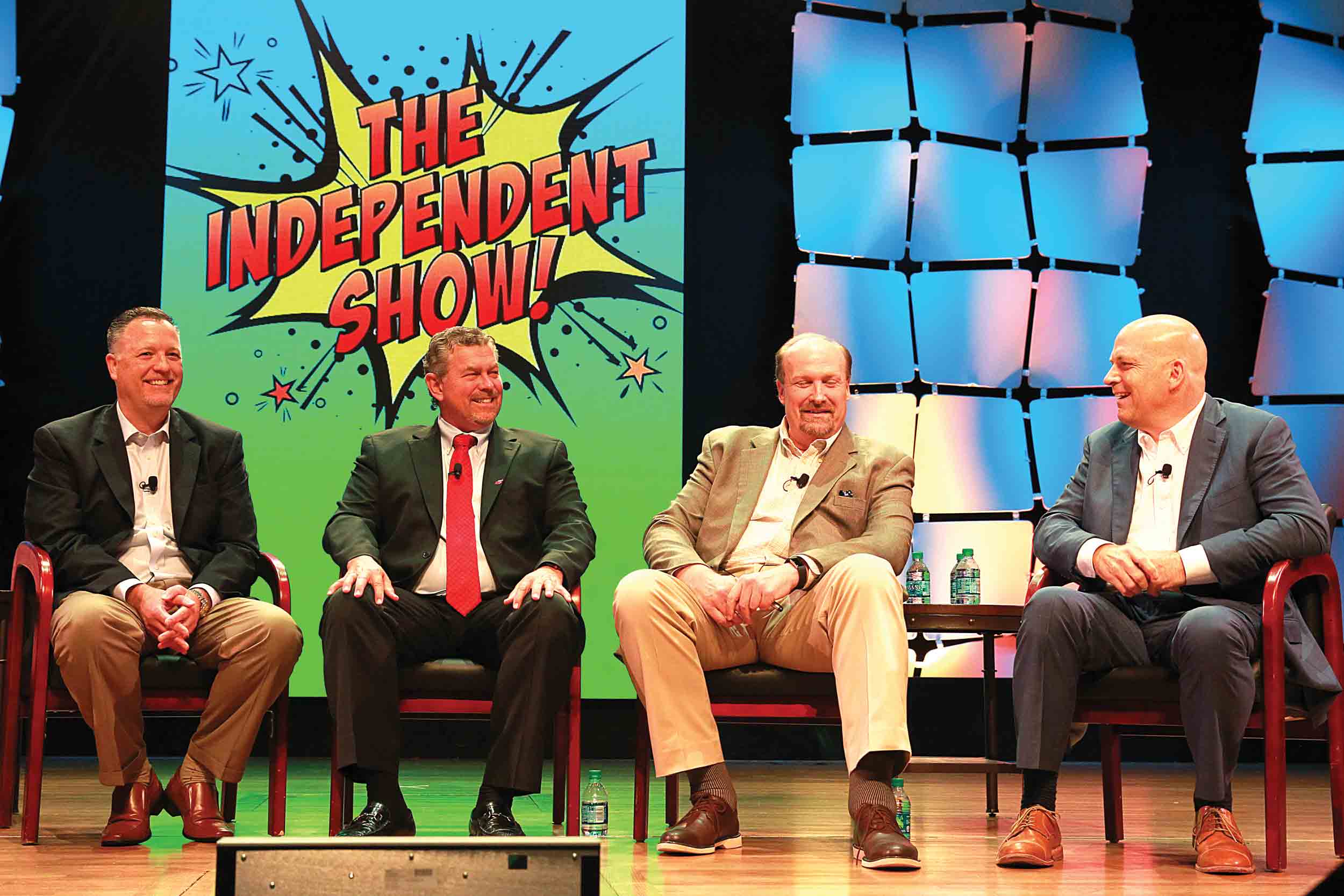Broadband Is Key for Video Business’s Future
Cable providers, programmers and vendors gathered at the Disneyland Hotel last week for The Independent Show, the annual convention co-produced by the American Cable Association and the National Cable Television Cooperative. Conversational themes at the Anaheim, Calif., gathering included responding to new video consumption habits and meeting broadband demand.
ANAHEIM, Calif. — Video isn’t quite dead yet, it’s just taking a different train, panelists at The Independent Show testified. Small operators are finding ways to pair content offerings with broadband to satisfy changing consumer habits.
At the conference’s opening session, moderated by Multichannel News managing director of content Mark Robichaux, executives at top midsized and small operators picked apart the business, which has been dominated over the past few years by broadband and commercial services. The panel insisted that despite rising programming costs and changing viewing habits, video is still an important arrow in cable’s quiver.
Cable Has Faced Threats Before
Video is taking a different form and, instead of traditional lineups packed with linear networks, smaller operators are offering the product through broadband apps and OTT services.

Schurz Communications vice president of cable Brian Lynch agreed that the video business has evolved, but added the industry has seen this before.
“The video challenge is a real one, but we’ve survived DirecTV and Dish [Network] in 1993 to 1995,” Lynch said. “The outcome of that was, we got better and stronger. I think the same thing is going to happen with the onset of OTT. It’s a clear risk; we have time to solve this, but the main focus has to remain high-speed data.”
The smarter way to stay on top of the multichannel video marketplace. Sign up below.
Fidelity Communications president John Colbert said most of Fidelity’s new customers are single- play broadband. In the last 36 months Fidelity grew broadband by 36,000 customers, half of whom were single-play broadband subscribers. He added that making it easier for customers to navigate between different OTT services has helped grow that segment.
“The ease of that transition supports the fundamental growth of high-speed data,” Colbert said. “Video consumption is going up.”
At Cable One, one of the first cable operators to move broadband to the front seat years ago, chief operating officer Michael Bowker said ease of use is essential for success.
“Our goal is, we don’t view [video] as friend or foe,” Bowker said. “We want to enable our customers to have access to consume the video product however they want. If they’re doing that over my [high-speed data] pipes, then I win in that scenario.”
Broadband is fueling most of the growth of small cable and it doesn’t show any signs of letting up soon. Colbert said in some recently acquired markets, penetration rates are in the high 30% range.
“I don’t see why we can’t have 70% penetration” in those markets, Colbert said.
